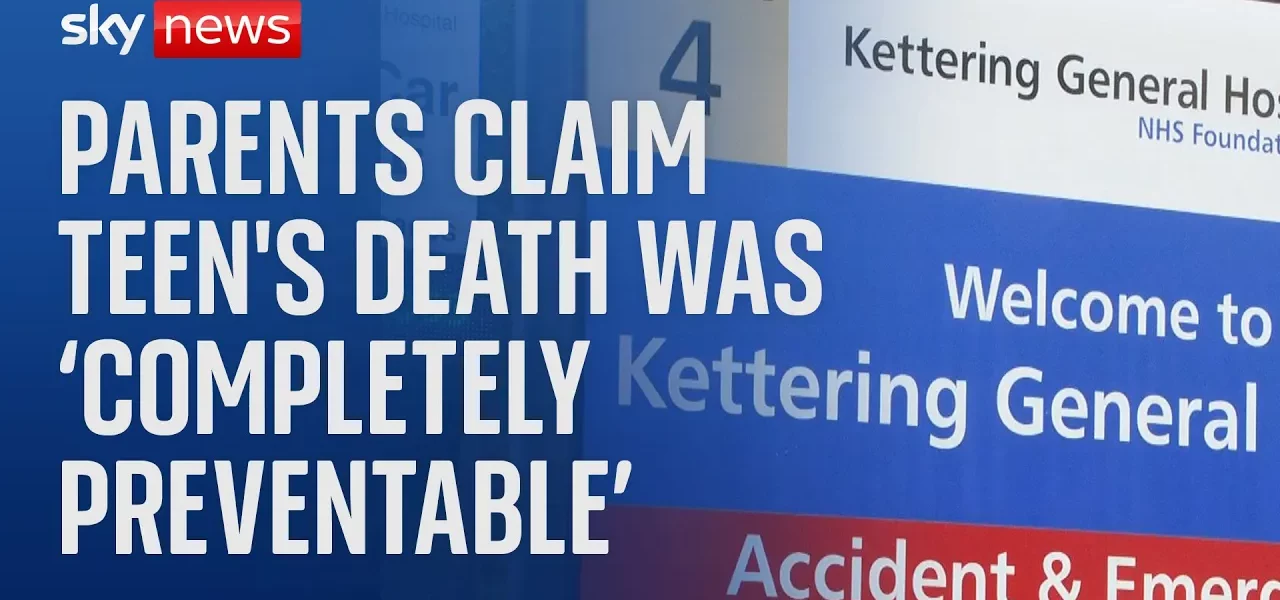Tragic Case of Chloe Longster: A Call for Better Healthcare Practices

This article explores the heartbreaking case of Chloe Longster, a 13-year-old girl whose life was cut short due to a misdiagnosis of sepsis. It highlights the critical importance of timely and accurate medical care and the need for systemic changes in healthcare practices to prevent similar tragedies.
Introduction
The death of Chloe Longster serves as a poignant reminder of the vulnerabilities in our healthcare system, particularly regarding the diagnosis and treatment of sepsis. At just 13 years old, Chloe’s tragic experience underscores the importance of timely medical intervention and the dire consequences of oversight in healthcare settings. This article delves into the circumstances surrounding her death, the findings of the inquest, and the broader implications for healthcare practices in the UK.
The Circumstances of Chloe’s Illness
Chloe Longster’s health deteriorated rapidly, leading her mother, Louise, to rush her to the hospital. Despite being in excruciating pain, Chloe was met with a dismissive attitude from medical staff. This section examines the critical moments leading up to her tragic death.
Initial Symptoms and Hospital Visit
Louise first noticed that Chloe was unwell when she exhibited severe symptoms. As a concerned mother, she sought immediate medical attention. However, the response from hospital staff was troubling:
- Staff failed to recognize the severity of Chloe’s condition.
- Medical professionals dismissed her pain as mere dramatics.
- Louise felt powerless as she advocated for her daughter’s care.
The Impact of Miscommunication
The disconnect between Chloe’s symptoms and the hospital’s response illustrates a severe failure in communication and patient care. Chloe’s plea for help went unheard, highlighting a systemic issue within the healthcare framework.
Inquest Findings and Responses
An inquest into Chloe’s death revealed that the hospital missed several critical opportunities to diagnose her condition. This section discusses the findings and the hospital’s subsequent response.
Key Findings of the Inquest
The inquest findings were alarming, indicating multiple lapses in care:
- Failure to recognize the signs of sepsis.
- Lack of timely intervention and treatment.
- Inadequate training among healthcare staff regarding sepsis awareness.
The Hospital’s Statement
In light of the inquest findings, the hospital trust issued a statement expressing regret for the care Chloe received. They acknowledged:
- That they failed to provide the necessary care.
- Efforts to improve training and protocols over the past two years.
The Wider Implications of Sepsis Awareness
Chloe’s tragic case is not an isolated incident. Sepsis remains a significant public health issue, with approximately 48,000 deaths annually in the UK. This section discusses the broader implications and the urgent need for change.
Statistics on Sepsis
Sepsis is a severe response to infection that can lead to tissue damage, organ failure, and death. The statistics are alarming:
- Sepsis accounts for a significant percentage of hospital admissions.
- Many deaths could be prevented with timely diagnosis and treatment.
The Need for Improved Training and Culture
Healthcare professionals must be adequately trained to recognize and respond to sepsis. Additionally, fostering a culture within healthcare organizations that prioritizes early detection and intervention is crucial. Recommendations include:
- Enhanced training programs for medical staff.
- Development of protocols specifically aimed at sepsis identification.
- Access to rapid diagnostic tools to aid in quick decision-making.
Conclusion
Chloe Longster’s tragic story is a somber reminder of the importance of vigilance in healthcare. The failings that led to her untimely death reflect systemic issues that must be addressed to prevent future tragedies. While Chloe’s family seeks justice and acknowledgment of her suffering, the healthcare system must learn from these mistakes to ensure that no other child has to endure the same fate. For more information on sepsis awareness and prevention, visit our related articles on child health and patient safety.
“`




